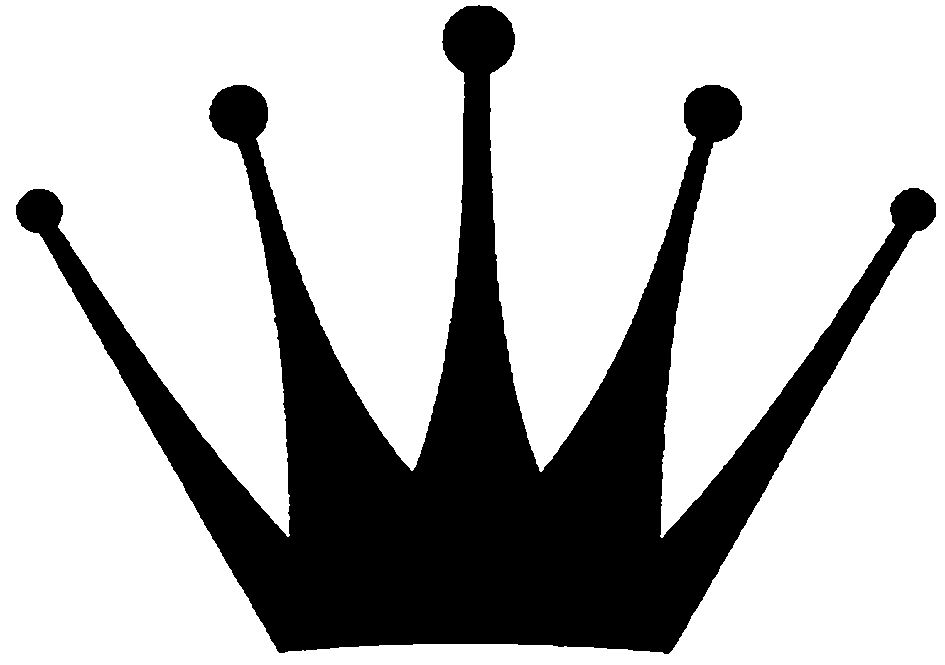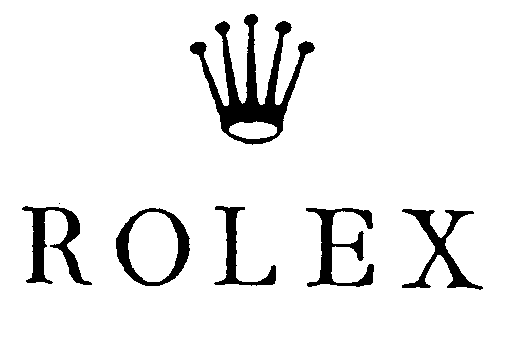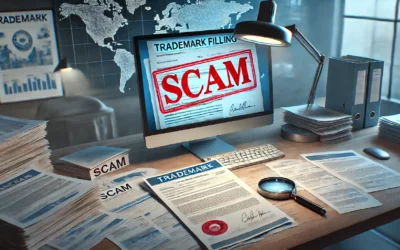Not all trademarks are born equal. Some are strong, some are weak. Some give their owner more rights than others. So what are weak trademarks, and what does that mean in real life?
The strength of a mark
The strength of a mark refers to the degree of its distinctiveness. The more distinctive the mark is, the stronger its scope of protection. Conversely, if the trademark has only low distinctiveness, it gets lesser protection.
So what does that mean in practice? What’s this scope of protection in real life? The scope of protection means the “no-go zone” around your brand. If you think of your trademark as a house, the scope of protection is the fenced area around the house that others are not allowed to be in. In terms of trademarks, the scope of protection refers to the degree of similarity of marks others are allowed to use. If you have a strong trademark that has a strong scope of protection, it means that others can only use trademark that that are significantly different from your mark. If your trademark is weak, and has smaller scope of protection, others can use marks that are relatively similar to yours.
Here’s an illustration
Weak trademark ABC –> others can use trademark ABD
Strong trademark ABC –> others cannot use trademark ABD
Let’s say you make vitamin supplements. You call your product C-VITS. Because the mark has only low distinctiveness (if any) for vitamins, it has a narrow scope of protection. You might not prevent somebody else having a brand name C-BITS for their vitamin supplements. Now let’s assume you make leather bags with the same name. Your mark C-VITS has much more distinctiveness for leather bags because the name has nothing to do with the products in question. In this context, you might well be able to prevent others from using mark C-BITS for their leather products. So, these two marks might not be in conflict for vitamin products because of their low distinctiveness and scope of protection, but might be in conflict if used for leather products.
Real life examples
A good real life illustration of the challenge of weak trademark is TOUR DE FRANCE. The name is inherently non-distinctive, but through use, it has acquired sufficient distinctiveness so that it has been registered in the EU.
In 2017 a German company called FitX Beteiligungs GmbH applied for a trademark TOUR DE X (figurative, below)
The organisers of Tour de France cycling competitions opposed the application. EUIPO’s Board of Appeal stated the following, referring to the “Tour de France” mark:
“In that regard, it must be borne in mind that while a company is certainly free to choose a trade mark with a low or even non-distinctive character, including trade marks with descriptive and nondistinctive words, and use it on the market, it must accept, however, in so doing, that competitors are equally entitled to use trade marks with similar or identical descriptive components.”
The EU court has now confirmed this statement. It exemplifies perfectly the challenge of choosing a weak trademark and its practical consequences.
Similarly in the US, the Supreme Court stated the following with respect to trademark application BOOKING.COM: “Booking.com concedes that “Booking.com” would be a “weak” mark… Furthermore, because its mark is one of many “similarly worded marks,” Booking.com accepts that close variations are unlikely to infringe. And Booking.com acknowledges that federal registration of “Booking.com” would not prevent competitors from using the word “booking” to describe their own services“.
Another illustration of the limitations of weak trademarks is Rolex’s unsuccessful attempt to prevent the registration of almost identical crown logo for clothing and apparel.

Conclusion
If you fall into the trap of choosing a descrptive name that has no or very low distinctiveness, you might end up in the situation where somebody else uses a highly similar trademark and there’s nothing you can do about it. To paraphrase EUIPO’s Board of Appeal, you are free to choose a trademark with low or no distinctive character, but if you do, you may be in for a tough ride.
Read more
How to assess a trademark’s descriptiveness
What is trademark’s “distinctiveness” what why it matters?





